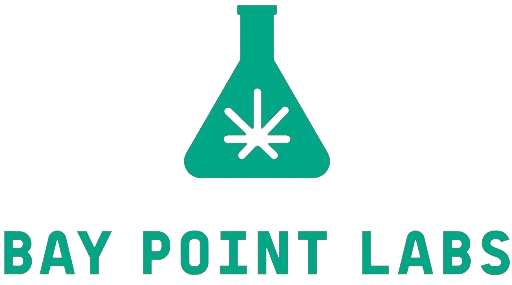
Slide title
Fair Pricing | Best Genetics in the Seed Industry | Nationwide Delivery Available
Button
Residual Solvent Testing
Residual solvent testing is a critical aspect of quality assurance in the cannabis industry, ensuring that cannabis products are safe for consumption and free from harmful solvent residues. The Department of Cannabis Control (DCC) in California has established stringent regulations for residual solvent testing to safeguard consumer health and uphold product quality. These regulations mandate comprehensive testing protocols to detect and quantify residual solvents used during the extraction and processing of cannabis products.
Ensuring Safety:
Managing Residual Solvents in Cannabis Extraction
Residual solvents are chemicals used to extract cannabinoids and other compounds from the cannabis plant. Common solvents include butane, propane, ethanol, and CO2. While these solvents are effective in the extraction process, any remaining residues in the final product can pose serious health risks to consumers, including respiratory issues, neurological damage, and other adverse effects. Therefore, it is imperative to ensure that residual solvents are reduced to acceptable levels as defined by regulatory standards.
According to DCC regulations, cannabis products are subject to rigorous testing to detect a broad spectrum of residual solvents. These standards dictate acceptable limits for solvents, all aimed at mitigating potential health hazards. For instance, Category I solvents must maintain residual levels below 1.0 ug/g, while Category II solvents have varying thresholds per compound. Hexane, for instance, should not surpass 290 ug/g, whereas ethanol is capped at 5000 ug/g. These limits are meticulously determined through comprehensive risk assessments and are implemented to safeguard consumer well-being.
Accurate Detection:
The Process of Testing Residual Solvents in Cannabis Products
The testing process for residual solvents involves several steps to ensure accuracy and compliance. First, a sample of the cannabis product is prepared and introduced into a testing instrument, typically a gas chromatography mass spectrometry (GCMS) system. This method is highly sensitive and capable of detecting even trace amounts of residual solvents. The sample is vaporized, and the components are separated within the gas chromatography column. As the separated components exit the column, they enter the mass spectrometer, where they are identified and quantified based on their mass-to-charge ratio.
The GCMS system provides precise measurements of residual solvent concentrations, which are then compared against the DCC’s regulatory limits. If any solvent exceeds the permissible levels, the batch is deemed non-compliant and must be remediated or discarded. This rigorous testing ensures that only safe, high-quality products reach consumers.
Compliance
Compliance with DCC regulations on residual solvent testing not only protects consumers but also benefits cultivators and manufacturers. Adhering to these standards helps maintain the integrity of the product, builds consumer trust, and ensures legal compliance, thereby avoiding potential fines or legal issues. Moreover, by consistently meeting these stringent requirements, businesses can enhance their reputation for quality and safety in a competitive market.
At Bay Point Labs, we adhere to the highest standards of residual solvent testing in line with DCC regulations. Our state-of-the-art GCMS systems and experienced technicians ensure that all products are thoroughly tested and compliant with safety standards. We provide detailed Certificates of Analysis (CoAs) for each batch, documenting the levels of all tested solvents and confirming compliance with regulatory limits. Our commitment to rigorous testing and regulatory compliance ensures that we deliver safe, reliable, and high-quality data for all cannabis products to hit the market.

Contact Us
Phone: 707-747-6081
Email: timea.majoros@baypointlabs.com
Address: 685 Stone Rd Suite 9, Benicia, CA 94510, United States Of America
All Rights Reserved | Bay Point Labs